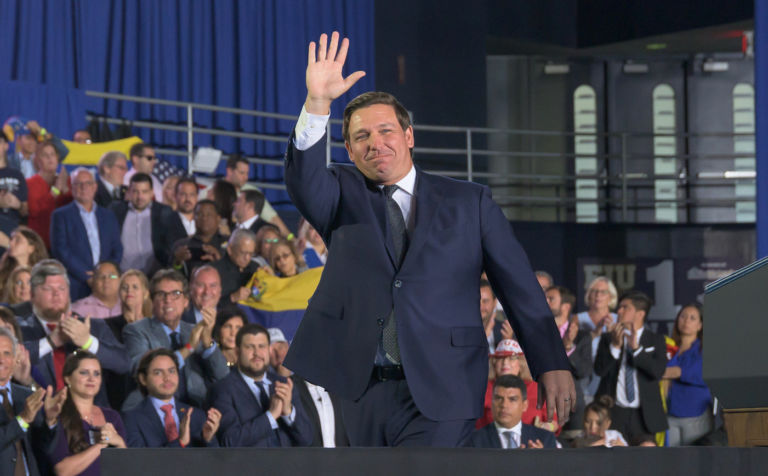Megan Zogby writes for the Martin Center about college campuses’ response to the coronavirus pandemic nationwide.
Colleges have been trying to stop COVID-19 from spreading on campus, and after a year of experimentation, failure, and success, officials may have found their way. Campuses are combining widespread testing, a reduction in social activities, limited in-person classes, and altered schedules to avoid shutting down campuses like many did last fall.
Colleges do deserve credit for learning on-the-fly. They’ve gotten better at testing students, building capacity for testing, and figuring out what works to slow the spread of COVID-19.
Some changes sound more dramatic than they are in practice. An example is the growing use of sequestration, which has been tried at the University of Maryland, the University of California-Berkeley, and the University of Massachusetts at Amherst, among others.
Sequestration keeps students in their dorms or campus apartments and restricts them from leaving unless it’s for meals, a COVID-19 test, or to get medical attention. Sequestration is more of a formalized “lockdown” that campus officials would declare when students returned to campus or when cases would spike. …
… The sequester experiment isn’t always useful, however. Campus officials can’t monitor all students and whether they are socializing or wearing masks outside their rooms. The sequester order depends upon student cooperation.
Some campuses, however, treat it as a mandate with punishments for breaking the rules. At UC-Berkeley, the university has hired officers to keep students in their dorms. The campus “security officers monitor residence buildings” and “outdoor exercise is banned due to coronavirus concerns,” a press release noted. The sequestration was set to end Monday, February 8, but has been extended due to a spike in positive cases. More than 200 students, staff, and faculty have tested positive for COVID-19 since the end of January on Berkeley’s campus.


